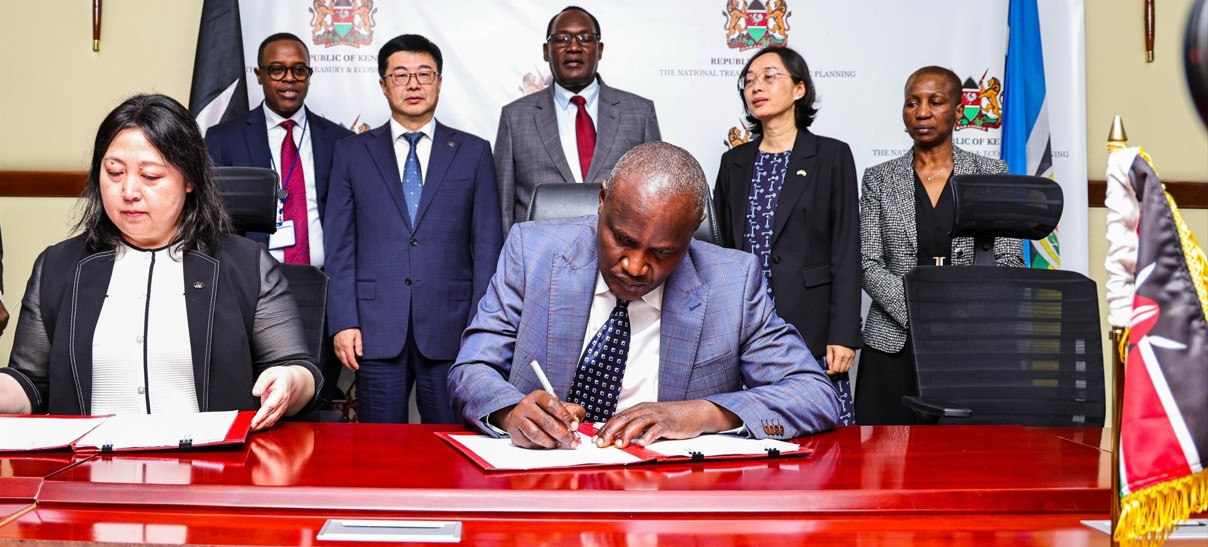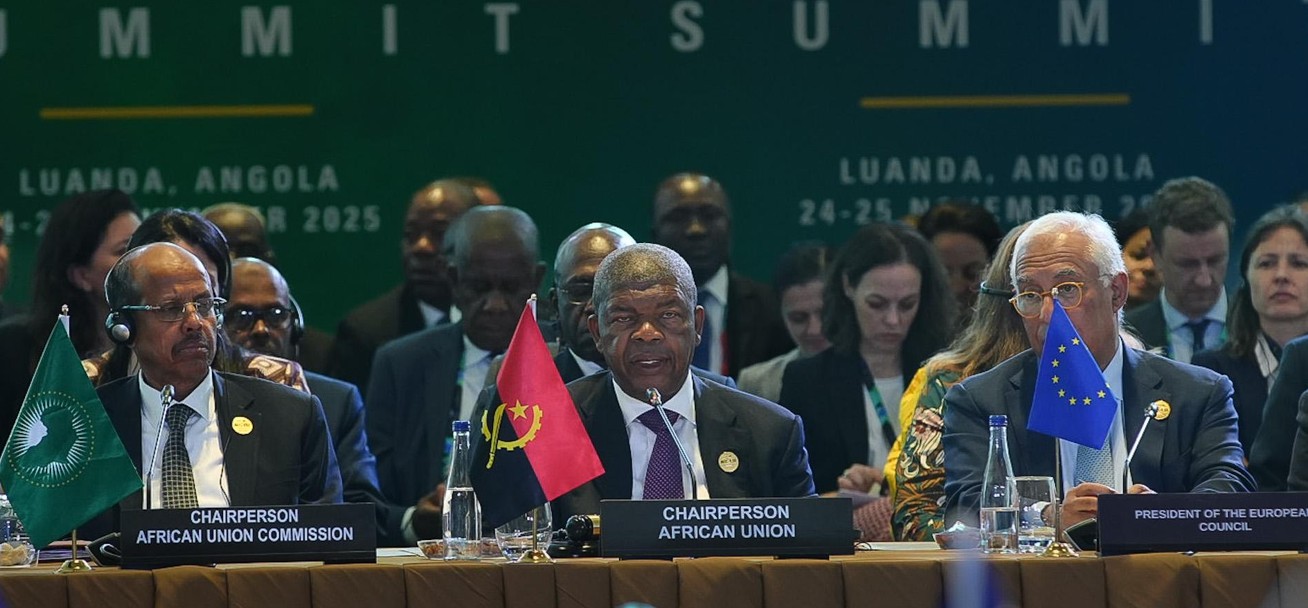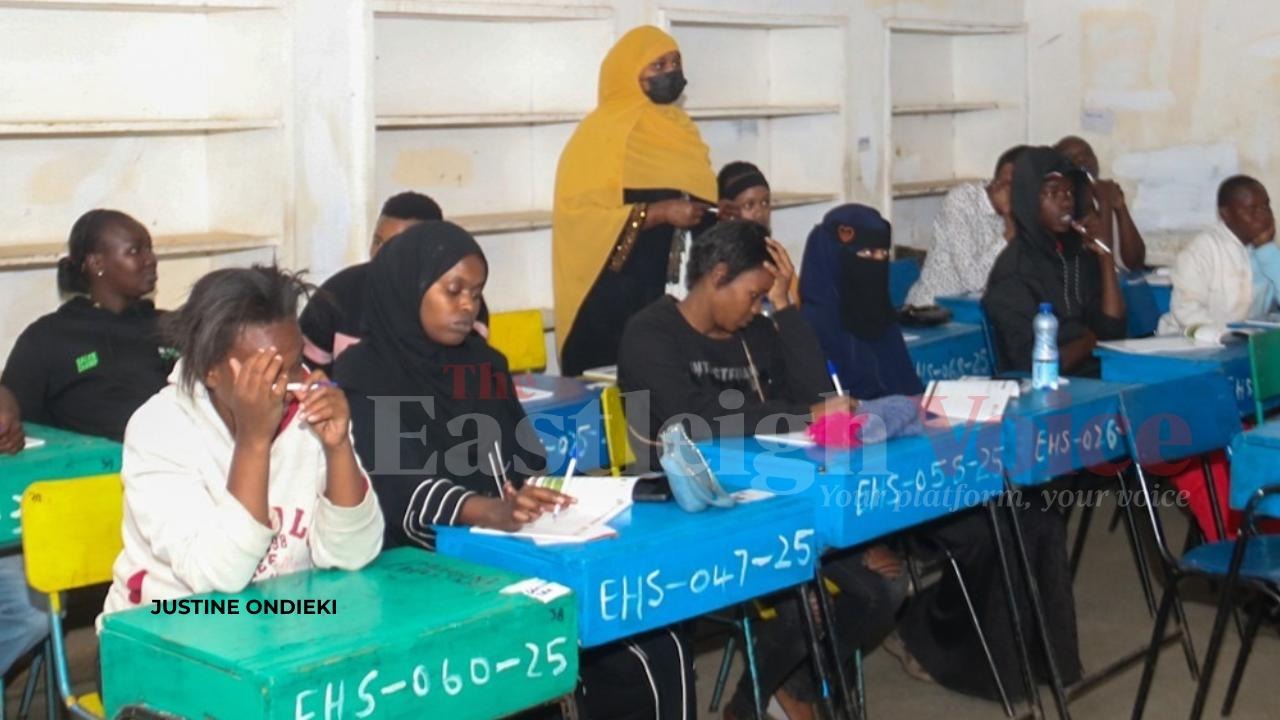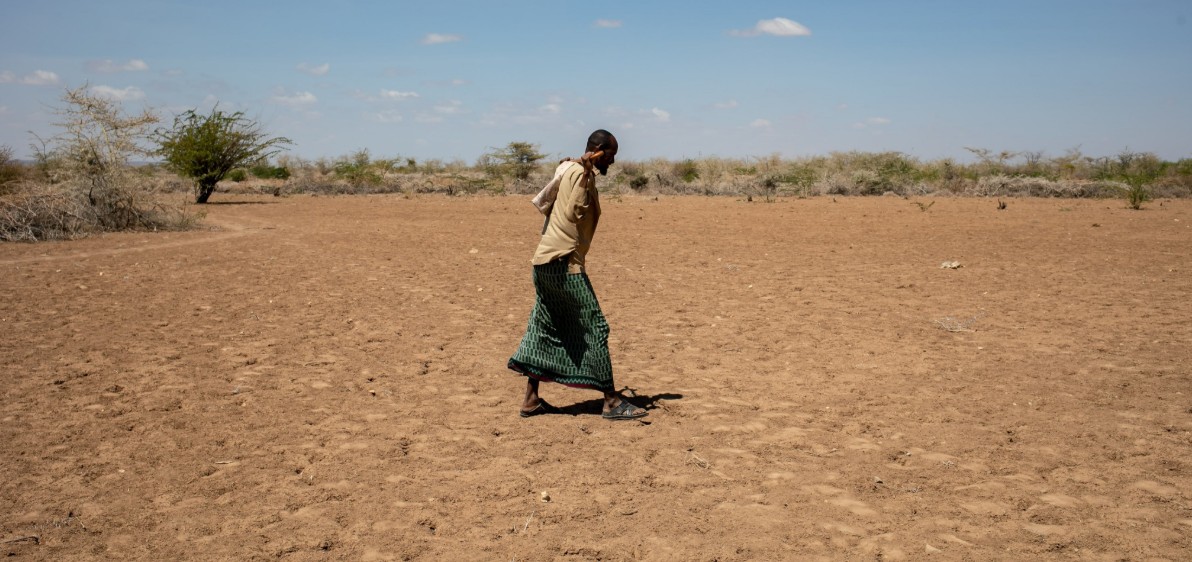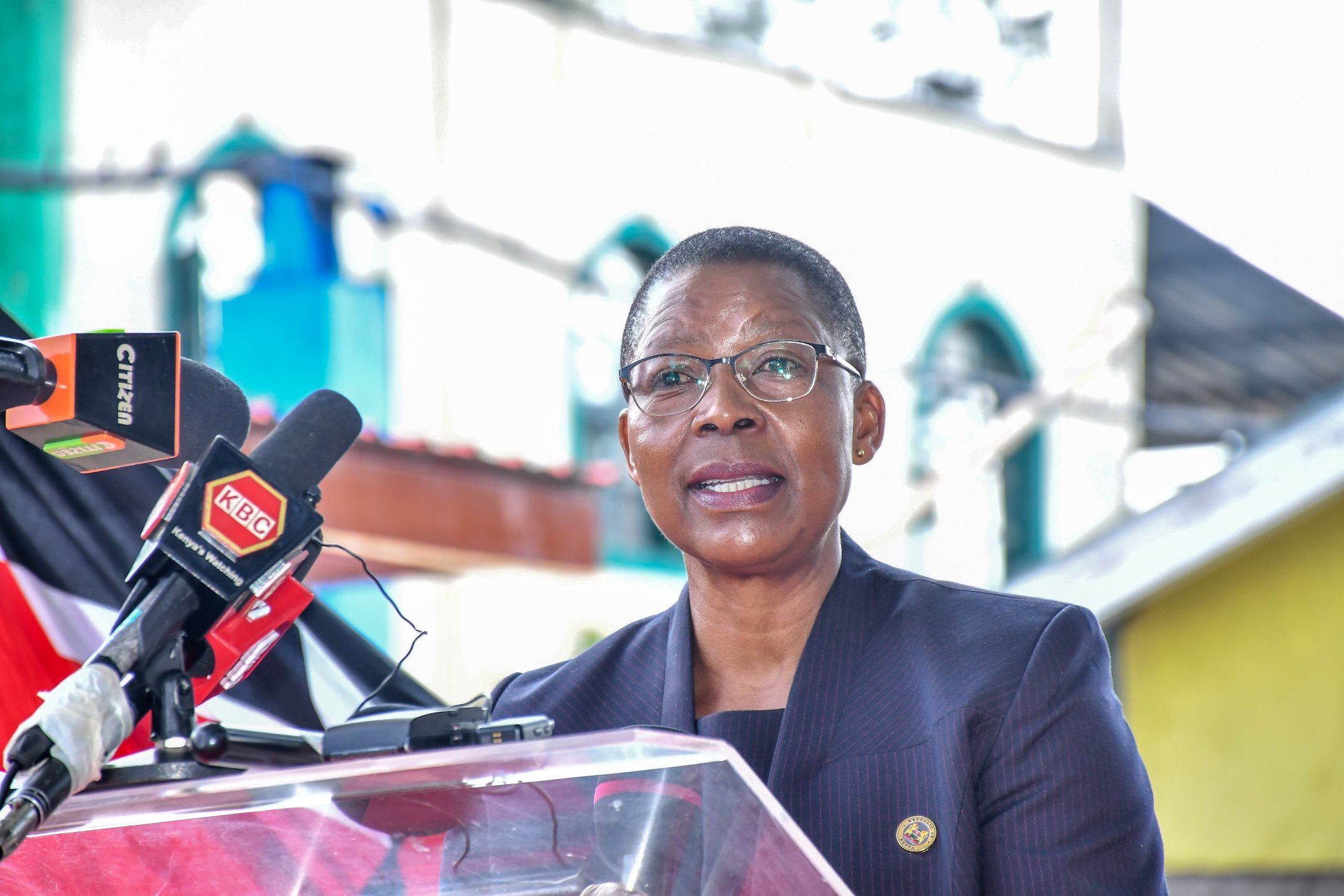Oxfam report: 125 Kenyans hold more wealth than 42.6 million citizens

Nearly half of Kenya’s population survives on less than Sh130 a day, with the number of people living in extreme poverty rising to seven million since 2015.
Only 125 people hold more wealth than 42.6 million Kenyans, a new report by Oxfam Kenya shows.
According to the report dubbed Kenya’s Inequality Crisis: The Great Economic Divide, nearly half of Kenya’s population survives on less than Sh130 a day, with the number of people living in extreme poverty rising to seven million since 2015.
More To Read
- World Bank: Poverty reduction in Africa stalls as widening inequality slows economic progress
- Kenya’s rich barely engage in luxury spending - report
- Africa’s growth not enough to reduce poverty, 90 million more to be poor by 2027 - report
- Wealthy Africans often don’t pay tax: the answer lies in smarter collection - expert
- Government’s inequality solutions not doing enough - World Bank report
- 20 million Kenyans at risk of hunger as they struggle with economic challenges – KNBS
Food prices have also hit 50 per cent higher than in 2020, leaving ordinary households struggling to make ends meet.
The report notes that massive underfunding of critical sectors, including education, healthcare and agriculture, in favour of debt repayment, has exacerbated inequality.
“The richest 125 Kenyans hold more wealth than 77 per cent of the population, equivalent to 42.6 million people, and on average, a CEO in the ten largest companies earns 214 times more than a teacher. At the same time, poverty is increasing, with seven million more Kenyans living in extreme poverty than in 2015. The cost of food is 50 per cent higher than in 2020, but an average worker is 11 per cent poorer in real terms,” reads the report.
Oxfam notes that in 2024, Sh68 of every Sh100 collected in taxes went to service government debt—double the education budget and nearly 15 times the national health budget. As a result, children from the poorest 20 per cent of households receive almost five fewer years of schooling than those from the wealthiest 20 per cent. The report also notes that government spending per pupil in primary schools is just 18 per cent of what it was in 2003.
Healthcare access remains limited, with only four million Kenyans actively contributing to the compulsory Social Health Insurance Fund (SHIF). Most contributions benefit private health providers, while only 20 per cent of SHIF funds reach public health facilities, which serve the majority of the population.
Oxfam Kenya Executive Director Mwongera Mutiga said inequality is not inevitable but the result of “unjust policies and political inaction.”
“The gap between the rich and the poor has been allowed to grow unchecked, while millions struggle just to survive. This injustice is no longer tolerable. It is time for bold, decisive action. Reducing inequality is not only possible, but it is also urgent, necessary and long overdue,” he said.
The report highlights that from 2014 to 2024, 17 million Kenyans faced moderate to severe food insecurity, with inflation hitting low-income households hardest.
In Nairobi, the inflation rate for low-income earners was 27 per cent higher than for upper-income earners between 2020 and 2024. Only nine per cent of Kenyans have social protection, with just a fifth of the poorest receiving state assistance. Inua Jamii, the largest social assistance programme, supports 1.9 million people, but its Sh2,000 monthly stipend has not kept pace with a 4.6 per cent annual inflation rate.
The report also highlights entrenched gender inequality. Women earn 65 per cent of what men do, are five times more likely to perform unpaid work and less than a third own a house either alone or jointly. Patriarchal social norms, unpaid care responsibilities and limited access to resources continue to hinder women’s participation in the workforce.
Government revenue policies have also worsened inequality, with recent tax reforms disproportionately affecting low-income earners while easing burdens on property owners. For instance, in 2023, the government introduced flat-rate taxes on housing and health while reducing rental income tax rates for property owners. The report notes that consumption taxes such as VAT, which impact the poor more heavily, account for over half of national revenue.
The report also traces inequality to Kenya’s colonial legacy, which concentrated economic and political power in the hands of settlers while excluding local communities.
It recommends measures such as reducing inequality by two per cent annually alongside a two per cent economic growth rate to triple the rate of poverty reduction. It also calls for an increased education budget of at least 20 per cent of government expenditure and increasing per-pupil capitation to match inflation.
The report also insists on scaling the health budget to 15 per cent of government expenditure and progressively achieving Universal Health Coverage.
“Inequality is not inevitable; it is a choice. With bold leadership, the right policies, and unwavering political will, Kenya can build a future where every person thrives. By embracing progressive taxation, investing in universal education and healthcare, creating dignified jobs, and advancing land justice, we can create a nation that is not only more equal but truly free from poverty. A fairer Kenya is within our reach—let’s choose it,” Mutiga said.
Oxfam Kenya warns that unless decisive action is taken, Kenya will continue to see rising poverty, widening inequality and persistent social and economic exclusion, threatening social mobility, economic growth and democratic stability.
Top Stories Today
